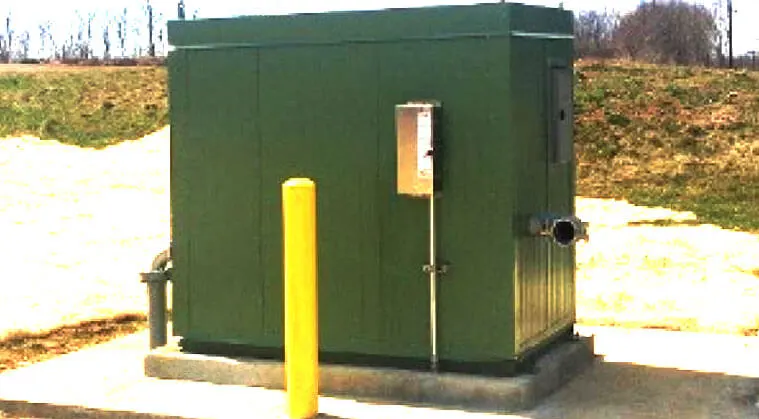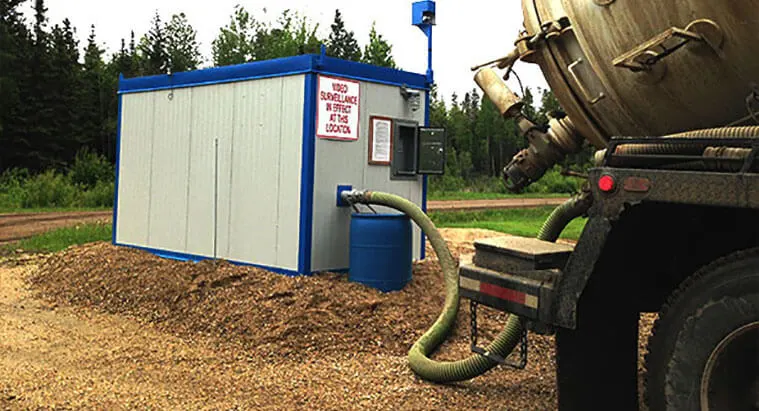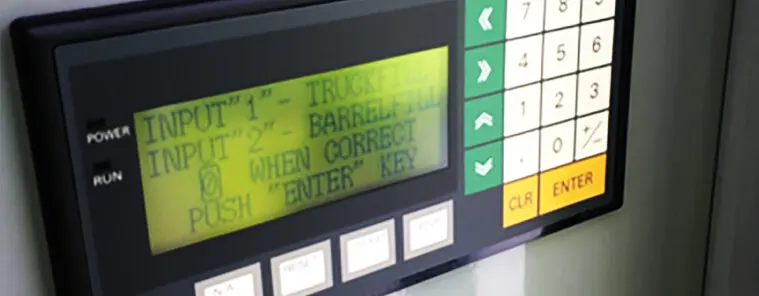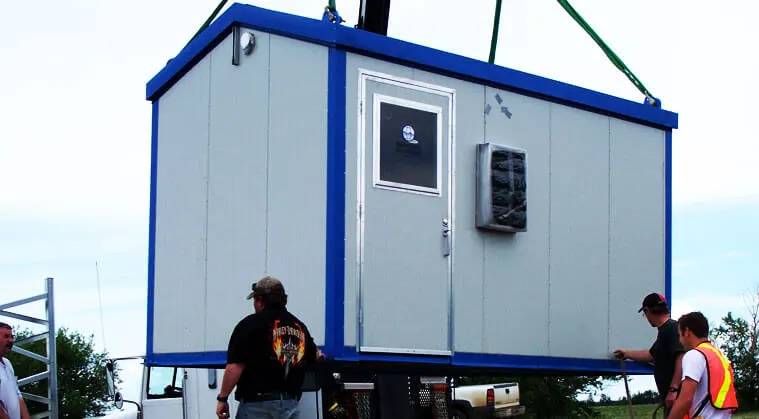In Western Canada, much of our population is located in rural communities. Because of this, direct connections to sewage lines, so common in large cities, are absent. This is where sewage receiving solutions play a major role.
Septic tanks are a common solution to this challenge. As they bear their unique considerations in the form of septage waste.
This concentrated remnant of septic processes is often difficult to process and requires specialized receiving techniques. A custom solution at your treatment plant can ensure proper hauling, treatment, and disposal.
With the largely rural population of Western Canada, there is larger volumes and varying contents of agricultural and industrial waste. It is little surprise that many municipalities are looking to upgrade or refine their current septage receiving processes.
Fortunately, as the needs of communities grow, so does the sophistication of septage receiving practices and septage-receiving stations.
Emptying septic tanks and transporting the material to waste treatment sites is only the first stage of the process.
Even septage of domestic origin present challenges in the form of dense composition. This drives a need for proper handling procedures, and ensuring the protection of nearby water sources.
Industrial septage may contain fats, oils, and grease (FOG), heavy metals, or toxic compounds. This requires even more stringent procedures to protect against environmental concerns. Further you need to also avoid disrupting or damaging treatment plant processes.
Screening procedures are in place to filter out and compact debris such as rocks, rags, and other solids. Grinders and rock traps remove larger objects that would otherwise block screens and filtering equipment downstream.
Augers can then remove solid material, allowing liquid waste to filter into the treatment facility properly.
The mechanics of septage receiving at the station itself, however, are only part of the overall process.

Once disruptive solids are removed, the chemical composition of liquid waste can still pose hazards to your process and equipment.
Without appropriately securing access to the system, identification of the source of contamination is nearly impossible.
Septage content can vary greatly depending on its source. Potentially carrying levels of chemicals dangerous or damaging to plant operations. This is where receiving stations’ provide you safety and security, which is a primary concern for many municipalities.
Excessively acidic waste or toxic content can result in increased maintenance costs. Furthermore, it runs the risk of breaking regulations for treatable waste.
Treatment plants may not be equipped for septage receiving or to handle particularly high concentrations of such chemicals. This creates a need to protect their systems against receiving such loads.
Getting onto the site can be dangerous, so operators restrict access to trained personnel and block unauthorized entry to prevent illicit dumping.
Installing a modern septage receiving station addresses these concerns directly. It strengthens security, creates clear accountability, and reduces administrative costs. All by streamlining how haulers unload and how operators track every transfer.
Installing a modern septage receiving station tackles these concerns head-on: it tightens security, builds clear accountability, cuts administrative costs, and keeps every disposal step in line with regulations.
Regulate physical access to the system. This is perhaps the most traditional and effective method of ensuring the security of a septage receiving station.
This is accomplished at many septage receiving stations through a card reader, which requires a hauler to swipe their access card to unlock the station or receiving panel.
Other forms of authentication include keypads which require a hauler to securely log in before transferring their load.
Regardless of the supplier, the system should uniquely identify each hauler. Which permits you to log every gallon of septage disposed of and also tag the correct waste class/generator. This lets operators track and monitor each hauler’s access over time.
While protecting against illicit transfers or unauthorized personnel certainly improves the security of the station and treatment facility, it is also imperative to ensure the safety of haulers using the system.
Quick-connect systems should securely lock septage hauler hoses to the system. This reduces the risk of hazardous spills and are a feature of almost every station.

Operating in Western Canada means planning for harsh winters. Therefore properly designed systems must designate transfer areas with hard-surface containment. The system can them compliment the site diesgn with hose-reel wash-down systems, heated pads/lines, and enclosures to prevent freezing. Then it can continually keep operations safe even in sustained low temperatures.
While traditional septage receiving station design requires haulers to complete paper manifests for later submittal, there is a growing trend toward automated systems which allow greater accuracy and reduce administration costs.
As such, advanced secure access systems also allow the hauler to generate an automated manifest.
Not only do these systems allow more convenient operation of the system for the hauler, but they ensure that monitoring regulations are correctly adhered to.
Haulers usually generate manifests by entering the load’s source themselves and using flow-measurement devices to record the exact volume the station receives.
Automating this process frees up personnel that might otherwise be located at the septage receiving station and provides precise records that allow municipalities to increase revenue by utilizing this comprehensive data for billing purposes.

This information also allows them to bill accordingly based on whether the waste is of domestic or industrial origin.
Monitoring the source and volume of septage loads, while a necessary first step to ensuring equipment protection and operations, can only accomplish so much without verifying its accuracy.
Septage receiving stations can include samplers that let operators periodically analyze a hauler’s transfers.
If a hauler’s stated load contents don’t match the sample results, operators can suspend their access immediately and keep it shut off until they investigate and resolve the discrepancy.
Automated samplers usually collect random samples, but some systems let operators flag haulers with past discrepancies and sample them more often.
Installation of advanced equipment, such as pH monitoring equipment, can also allow for immediate analysis of septage characteristics, which can cause the station to refuse a transaction should a load exceed safe values.
These measures ensure the accuracy of the hauler’s submitted manifests and provide detailed characteristic data for consideration by the treatment facility.
These sophisticated septage receiving practices not only work to ensure the safety of personnel and equipment but adherence to regulations in place to protect the treatment plants and haulers, as well as the communities in which they operate.

It has been Flowpoint Environmental Systems’ (formerly Municipal Solutions) pleasure to provide and develop installations to meet the needs of Western Canada’s communities for 15 years, and we look forward to continuing this tradition in years to come.


